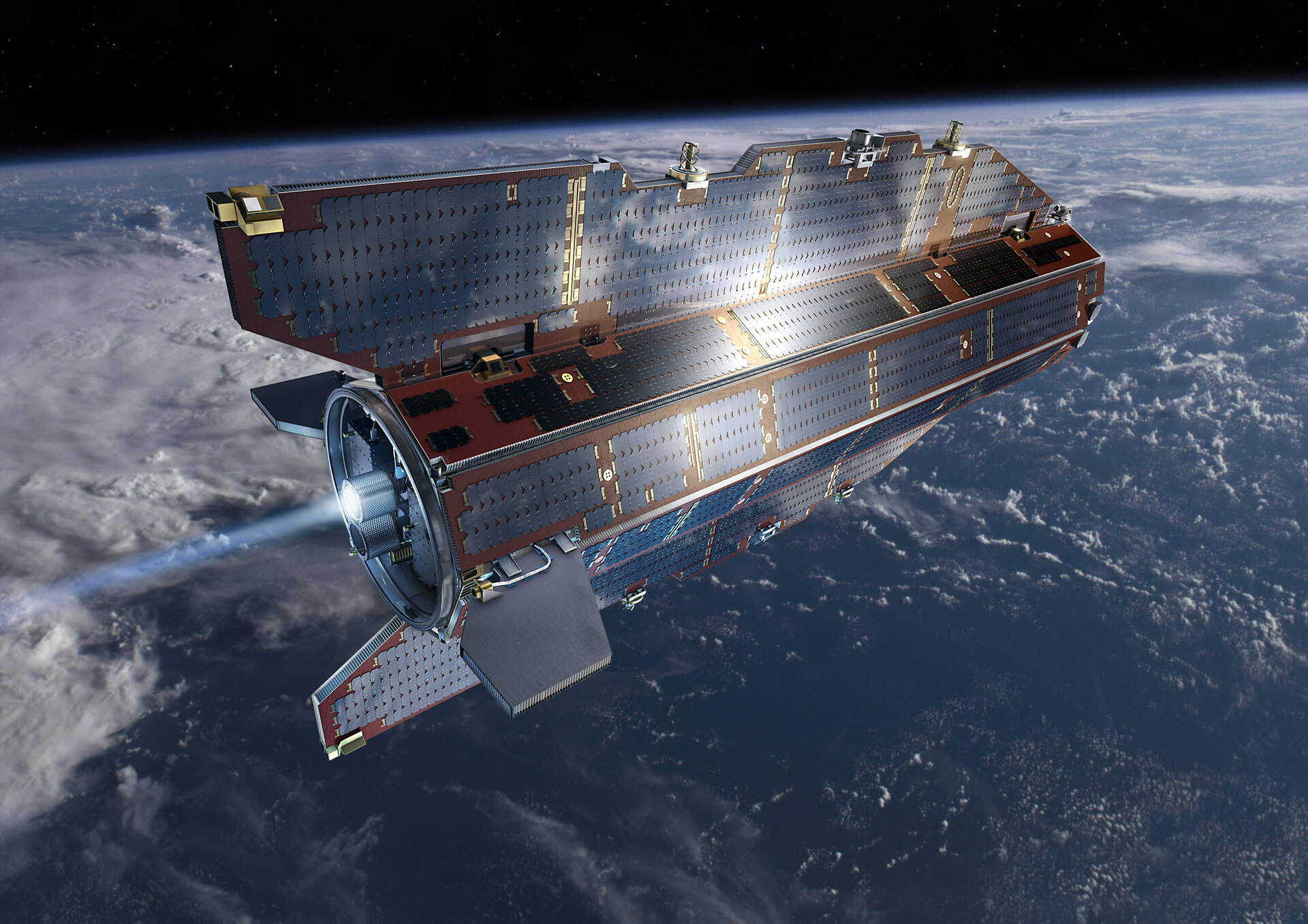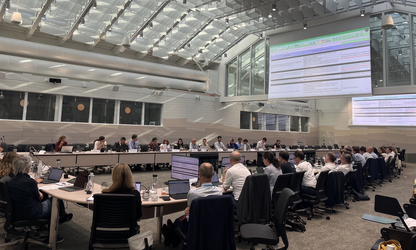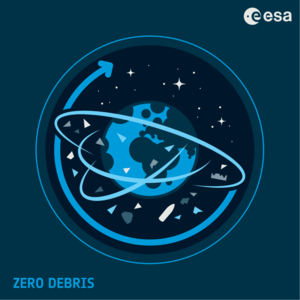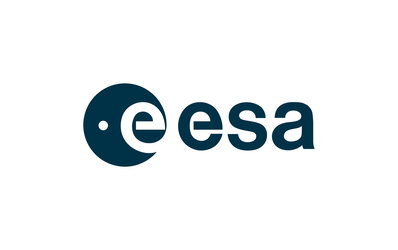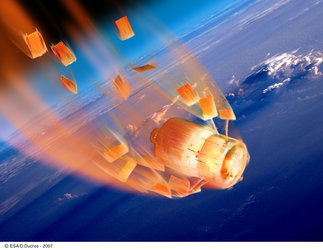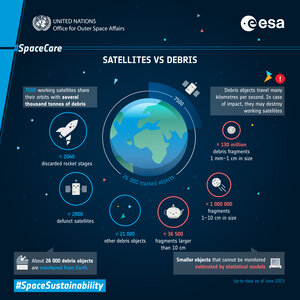Time to build zero-debris satellites
ESA is committed to deliver on the promise of Zero Debris by 2030. To ensure compliant satellites can be designed and built in time, ESA is supporting industry during this technologically challenging transition.
On 25 June 2024, three major European space industry players each signed a contract with ESA to develop large low Earth orbit (LEO) satellite platforms that conform to Zero Debris standards.

Airbus Defence and Space, OHB and Thales Alenia Space will design and develop zero-debris platforms for large LEO satellites as a first step towards building zero-debris production lines.
“It is essential to invest into the development of zero-debris compliant spacecraft platforms now. Platforms and their onboard debris prevention measures will have to become more failsafe to preserve the endangered lower Earth orbits for future use,” says Holger Krag, Head of Space Safety at ESA.
“Working together with three long-standing industrial partners allows us to deliver on our promise to put a stop to future debris creation.”
From Zero Debris aspirations to production
Airbus Defence and Space, OHB and Thales Alenia Space have been long-time partners in the efforts to achieve Zero Debris by 2030, working with ESA towards ambitious and jointly defined targets to ensure space safety and sustainability.
ESA has taken the lead in space sustainability by introducing its Zero Debris approach: the Agency’s bold goal to significantly limit the proliferation of debris in Earth and Lunar orbits by 2030 for all future missions, programmes and activities.

The efforts have already resulted in new design requirements for all ESA future missions, programme and activities. ESA’s Space Debris Mitigation Standard, issued in 2023, embodies the Agency’s first step to reach Zero Debris by 2030.
Recently, twelve countries and more than a hundred companies, institutions and organisations have committed to sign the Zero Debris Charter facilitated by ESA, including Airbus Defence and Space, OHB and Thales Alenia Space.
“The space sector in Europe and beyond come together to show its commitment towards the Zero Debris by 2030 goals. The time has come to make them a reality, and we can only achieve this goal together,” says Tiago Soares, Clean Space lead engineer at ESA.
“The implementation requires a collaborative effort of the Zero Debris community, stretching across many disciplines. We see the momentum of these Zero Debris efforts pick up steam as they become more concrete.”
Technical needs and solutions to enable a zero-debris future are made more specific and actionable in the Technical Booklet currently under development by the Zero Debris community, facilitated by ESA. Because only by joining forces as a Zero Debris community across the space sector we can guarantee a Zero Debris future.
With the targets clarified on a technical level, it is time to build zero-debris satellites.
Building new LEO satellites
ESA’s Operations and Earth Observation Directorates jointly procured the ‘Large LEO platforms evolution for Zero Debris Policy Implementation Phase 1’. The contracts with Airbus Defence and Space, OHB and Thales Alenia Space are key to the development of Zero Debris-ready satellites in congested low Earth orbits.
Each prime contractor will develop a standardised low-Earth orbit satellite platform that adheres to the zero-debris standards. Such a platform, also called satellite bus, is the main component of a satellite onto which the payload, like scientific instruments, can be integrated.

The designed core architectures will form the basis of future satellites which can be adjusted to meet its specific mission goals.
The Phase 1 now procured is to develop the satellite platform to the System Requirement Review (SRR) level and will take about 18 months from its kick-off in June 2024. During this phase the main technical options will be considered and a baseline design will be established.
In Phase 2, the prime contractors will team up with further technology suppliers to integrate new solutions and get their platforms to the level of a Preliminary Design Review (PDR) that evaluates and tests various practical aspects of building the design.
Satellites, big and small
ESA is looking beyond technologies suited to large spacecraft in lower Earth orbits like those used for Earth Observation.

In parallel, efforts are ongoing to look for innovative ideas for the design of CubeSats compliant with the Zero Debris targets, as well as other satellites of different sizes and in different orbits.
Whether it concerns big or small satellites, the European space industry will be supported by ESA as together we transition towards the sustainable use of space.















 Germany
Germany
 Austria
Austria
 Belgium
Belgium
 Denmark
Denmark
 Spain
Spain
 Estonia
Estonia
 Finland
Finland
 France
France
 Greece
Greece
 Hungary
Hungary
 Ireland
Ireland
 Italy
Italy
 Luxembourg
Luxembourg
 Norway
Norway
 The Netherlands
The Netherlands
 Poland
Poland
 Portugal
Portugal
 Czechia
Czechia
 Romania
Romania
 United Kingdom
United Kingdom
 Slovenia
Slovenia
 Sweden
Sweden
 Switzerland
Switzerland

























